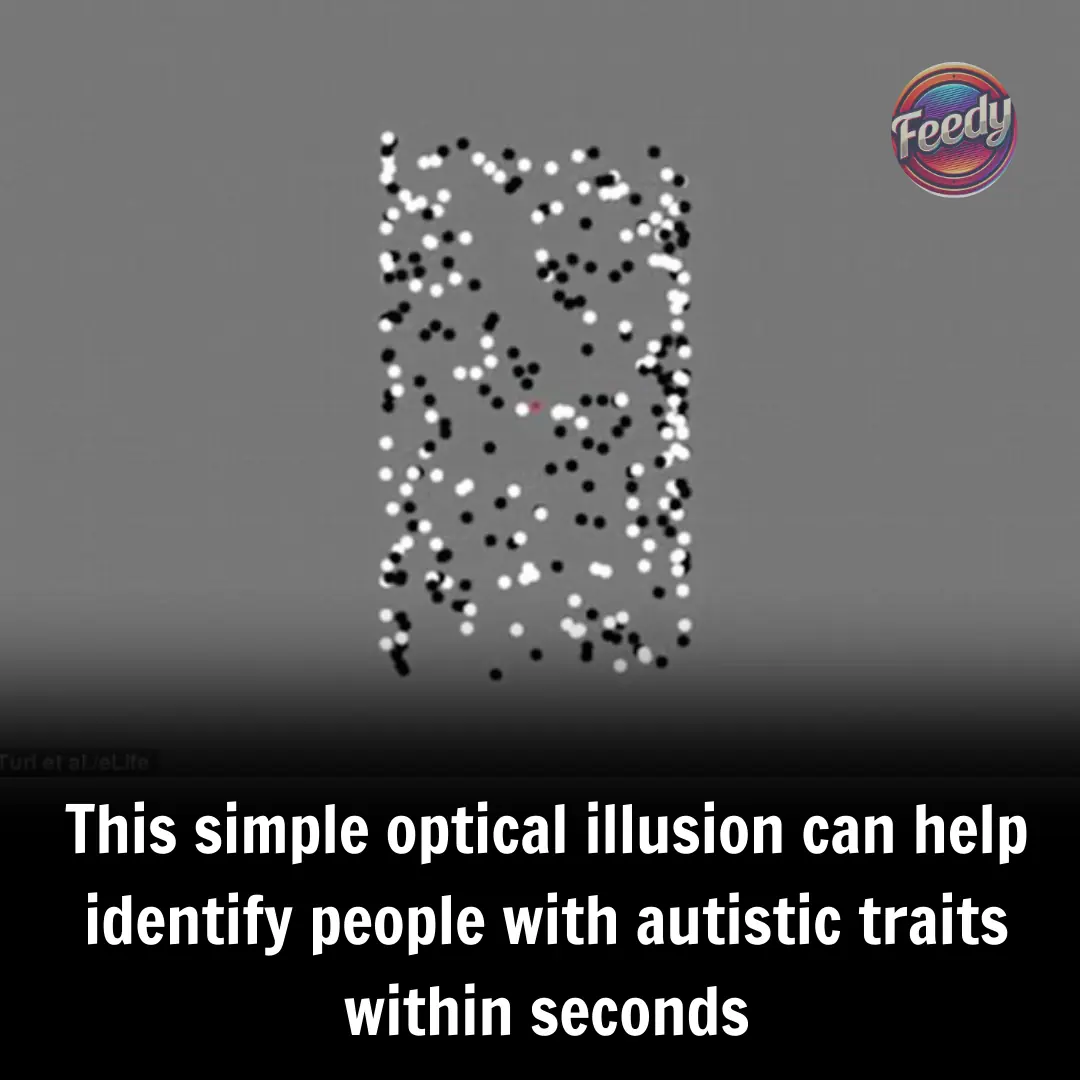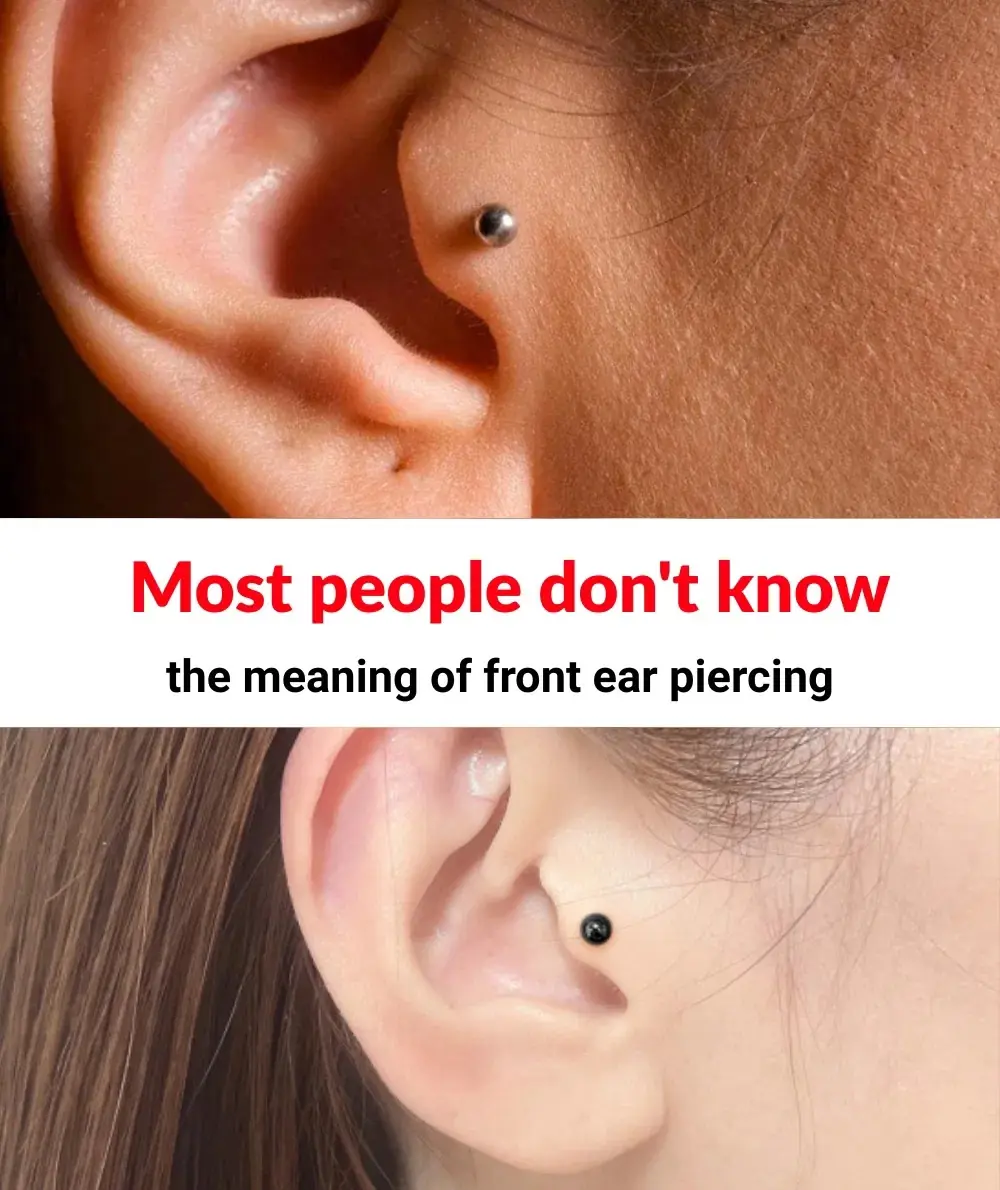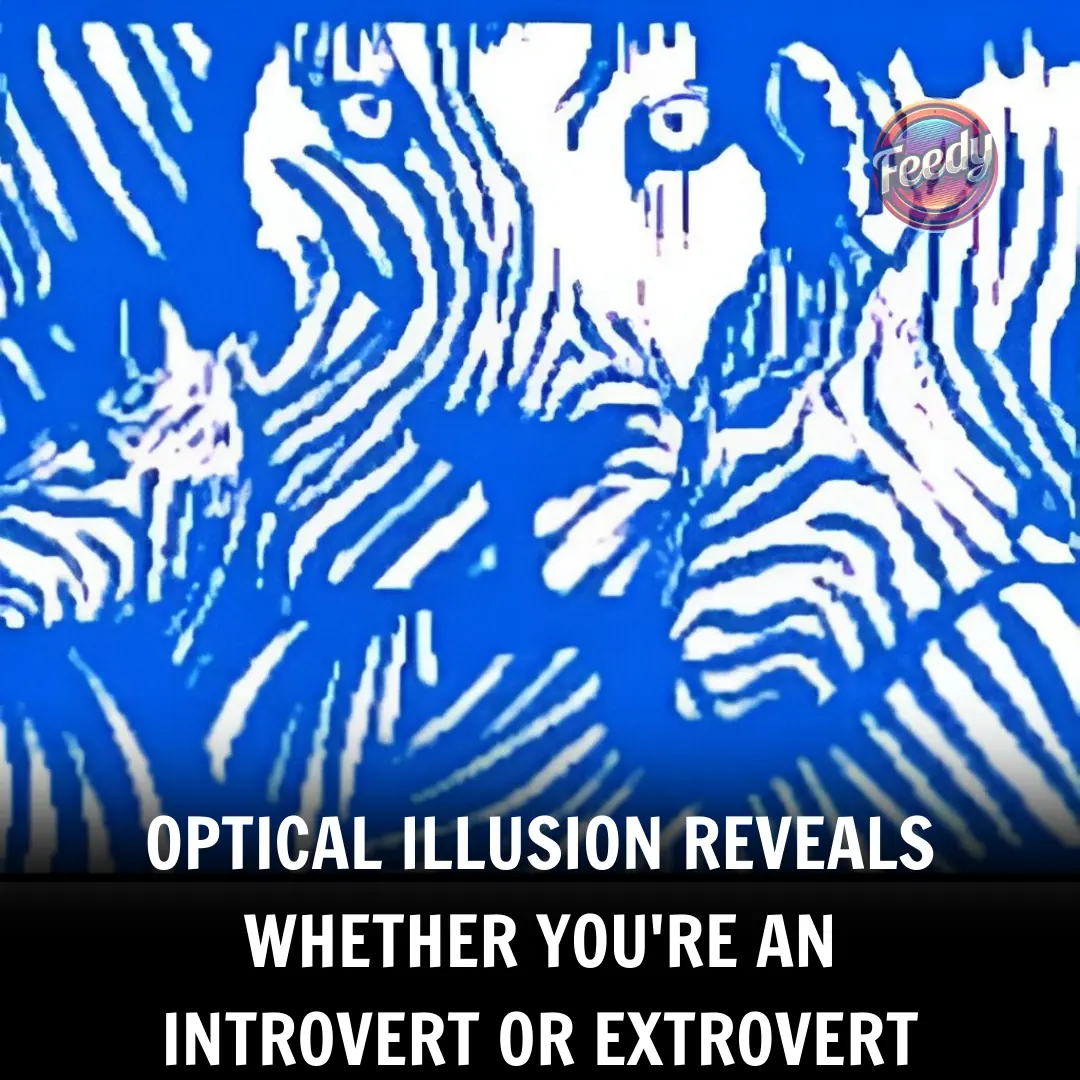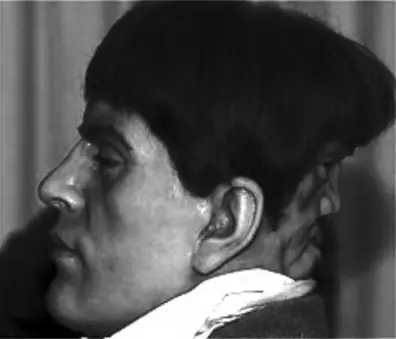
This optical illusion may help identify autistic traits in seconds

In recent years, scientists have explored innovative ways to deepen our understanding of Autism Spectrum Disorder (ASD). One surprisingly powerful tool? An optical illusion using black and white dots. This simple visual test has helped researchers uncover subtle differences in how individuals with autism perceive and process information—particularly their heightened attention to detail.
What is Autism Spectrum Disorder?
Autism Spectrum Disorder is a neurodevelopmental condition marked by challenges in social interaction and communication, along with restricted or repetitive behaviors and interests. Some common signs include:
-
Difficulty in socializing or reading non-verbal cues
-
Intense focus on specific topics
-
Repetitive behaviors or routines
-
Sensory sensitivities
-
Delayed language skills or communication challenges
While symptoms typically appear before the age of two, diagnosis can occur much later. According to the CDC, about 1 in 36 children in the U.S. are diagnosed with ASD. It’s essential to remember: having some traits associated with autism doesn’t mean a person is on the spectrum. But recognizing these traits early can lead to timely support and intervention.
The Detail-Oriented Mind
One defining cognitive feature of autism is a strong focus on detail. Individuals on the spectrum often excel at picking apart the parts rather than interpreting the whole. This might explain their preference for structure, love for routines, and even sensory hypersensitivity. But how does this manifest in perception?
The Black and White Dot Illusion
A clever visual experiment is now being used to explore this question. The illusion shows black and white dots in motion. Some people see two layers of dots sliding past each other—an interpretation that suggests a focus on individual parts. Others perceive the image as a spinning column, seeing the dots work together as a whole.
-
Two layers moving = A detail-oriented view
-
Spinning column = A big-picture perspective
Interestingly, people with ASD or ASD-like cognitive traits are more likely to see the dots as two separate layers.
The Eye Movement Study
To test this, researchers observed 50 adults without an ASD diagnosis. Instead of simply asking what they saw, they tracked their eye movements. If their eyes flickered in response to changes in light—suggesting they were focusing on individual shades—it indicated a detailed processing style.
Afterward, participants completed a questionnaire designed to measure autism-related traits. The results? Those who saw two moving layers tended to score higher in traits linked to ASD.
Why This Matters
Although the illusion is not a diagnostic tool, it offers a valuable glimpse into the autistic brain. The findings reinforce the idea that individuals on the spectrum perceive the world differently—often with an extraordinary level of detail.
This research is more than just a curiosity. It opens the door to:
-
New ways of understanding ASD
-
Early detection tools based on visual processing
-
Better-targeted therapies and support strategies
A Step Toward Better Understanding
By examining how we interpret something as simple as moving dots, scientists are gaining remarkable insight into the workings of the autistic mind. Continued research into perception and cognition could revolutionize the way we diagnose and support individuals on the autism spectrum—making the invisible, visible.
News in the same category


Tragus Piercing – A Small Symbol with Big Personality

This is my preferred way

Scientists Grow First Fully Formed Tooth In Lab — A Groundbreaking Breakthrough

The Hidden Meaning Behind Wearing an Ankle Bracelet—Most People Have No Idea

Disturbing Post Surfaces From FSU Shooter Just Before Campus Tragedy

Photographer of tragic little girl trapped in volcanic mudflow explains why he didn’t help her

New COVID Wave Surges — Health Officials Sound Alarm As Cases Double

It is with heavy hearts that we announce the passing of this legendary actor

Amber Heard’s Face Is The ‘Most Beautiful In The World,’ According To Scientists

Jin of BTS is going on a solo tour!

Optical illusion reveals whether you’re an introvert or extrovert

A patient passed away after a nursing intern accidentally injected milk coffee into their vein.

The IT boss, his wife, and their three kids were identified as the victims of the New York helicopter tragedy

UK: A penniless father of 3 commits suicide while waiting for welfare payments

NASA’s Mars Rover Uncovers Mysterious Spheres On The Planet’s Surface, Leaving Experts Baffled

Philippine Film Icon Nora Aunor Passes Away at 71

Edward Mordake: The Man with Two Faces and the Tragic Legend…

A Mystical Discovery on a Sussex Beach: Fossil of a “Fairy” Found in 2015?
News Post

Blue Origin Slammed by Online Conspiracy Theorists Claiming Mission Was a Hollywood FAKE

My Landlord Raised My Rent Because I Got a Promotion — Big Mistake Messing With a Single Working Mom of Three

Say Goodbye to Knee & Joint Pain with This Powerful Anti-Inflammatory Drink

Instant Wrinkle-Reducing Mask with Vaseline, Carrot & Cucumber

My Daughter-in-Law Threw My Belongings Out of the House After Claiming She Inherited It, But Karma Got Her That Same Day.

Meet Simon Cowell’s only kid, who made a fortune on American Idol.

MY MOM PROMISED ME THE FAMILY LAKE HOUSE — AFTER I PAID FOR THE RENOVATIONS, SHE GAVE IT TO MY SISTER.

74-Year-Old Woman Adopts German Shepherd Whose Owners Wanted to Euthanize Him…

Straight Family Man Prefers To Wear Skirts And Heels As He Believes ‘Clothes Have No Gender’

Tragus Piercing – A Small Symbol with Big Personality

This is my preferred way

Julia Roberts Gave Birth to Twins at 37 — Pics of Her ‘Beautiful’ Teens Who Look like Her Husband

ABC Cubes For Flawless Skin

Scientists Grow First Fully Formed Tooth In Lab — A Groundbreaking Breakthrough

Fermented Rice Water & Cloves Scalp Treatment

Top 10 Hydrating Serums for Dry Skin Trusted by Experts and Beauty Enthusiasts

Amazing uses of vaseline for skin

Unlock the Power of Vaseline: 16 Beauty Benefits & Smart Precautions
